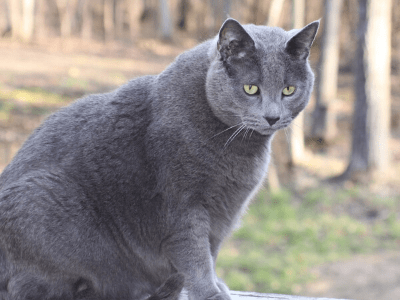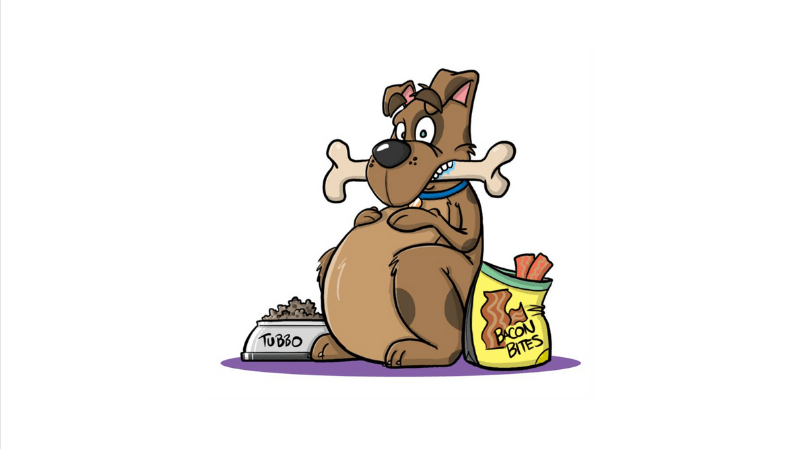It’s so hard not to pamper our fur babies with yummy food and treats, especially when they play the “I’m seriously too cute to resist” card. Even when we consciously try not to overindulge our pets, our busy lives have serious consequences for our pet’s weight. For example, when you’re trying to keep up with the grocery shopping and cooking needs of your household, it’s easy to lose track of your pet’s dietary requirements. Many pet owners aren’t even aware of how many calories their pets should consume in a day, and how much food that equates to per meal. Another cause for concern: we spend so much of our time go-go-going. Given that the average person spends 8+ hours per day at work, and then there’s household chores, family obligations, kids’ activities, and the latest Netflix release, it’s amazing if we even have time to fit in exercise for ourselves, much less for our pets. Minnesota winters don’t help much either…. walking the dog in sub-zero temperatures does NOT sound like fun for us or our dogs!
For all you dog-owners! The struggle to keep our pups active in the Minnesota winter is real. 🥶If you missed it, check out this blog post about fun ways to exercise your dogs when its fur-reezing out!
If you want to perform your own assessment, here are some body characteristics you can evaluate. Click each option for more details. Make sure your pet is standing during your examination.
Have your pets stand, and then hover over them from above. You should notice a defined “waistline” or hourglass figure. If your pets look more like hot dogs than hourglasses, they may have a larger-than-recommended midsection.
As for exercise, there are so many ways to keep your furry family members active other than the routine walk and tennis ball toss-around! As the Land of 10,000 Lakes, there are unlimited swimming opportunities for dog during the warmer months. Swimming in the winter is also possible, thanks to indoor pools like The Dog Tank in Mendota Heights. For more information about indoor swimming, click here. Agility classes are another great option for dogs and also offer the opportunity for socialization. As for cats, you can keep your feline companion running around with a laser pointer, feather duster, or remote-controlled toy. These provide mental stimulation and engage your cat’s natural predatory instincts. Not only will you be exercising your kitties, but you’ll also be in for some great entertainment!
Earlier in this discussion, we hinted at some health consequences that are linked to pet obesity. Unfortunately, the number of health concerns that obese pets are at risk for is quite high. One of the most common issues with overweight pets is joint pain and arthritis, which develop in part from having to carry around excess weight. Many times, cats and dogs will experience relief from their joint pain simply by shedding a pound or two. Excess weight in pets has also been linked to the development of respiratory issues (such as difficulty breathing), diabetes, liver disease, high blood pressure, reduced immune system function, and cancer.
Long story short, pet obesity is not something to be overlooked. Weight gain contributes to declining health of our beloved pets and also may place a financial burden on pet owners if their pets are diagnosed with any of the health concerns that are listed above. The good news is that pets who are successful at losing weight often experience a decrease in any pain/discomfort and an increase in energy and fitness levels, and lower their risk for other adverse health conditions.








